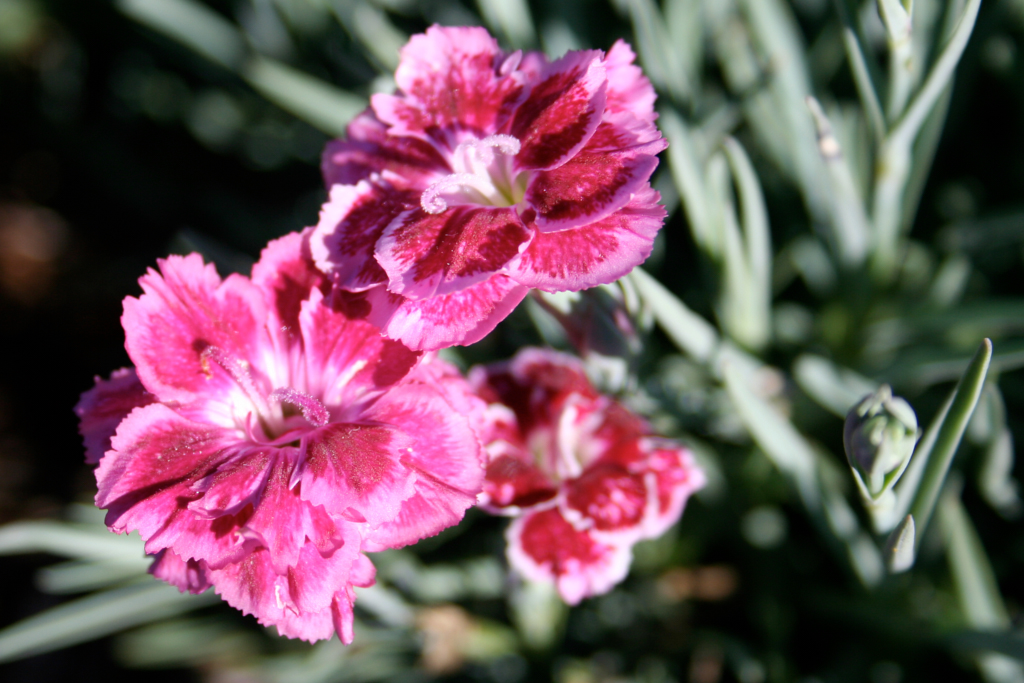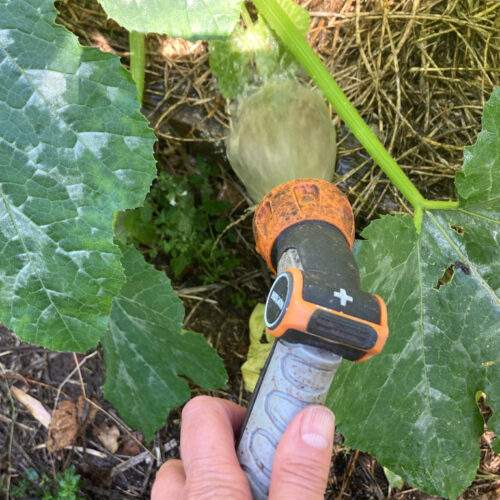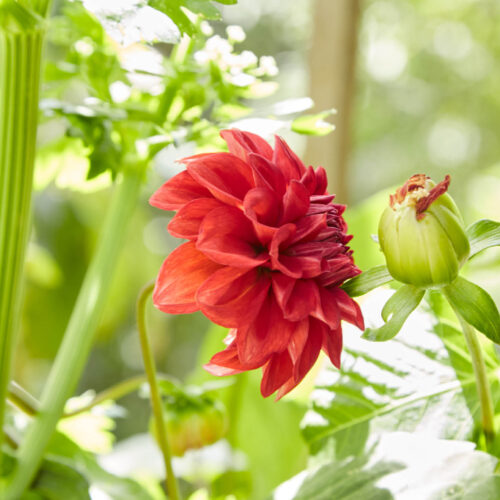Gillyflowers, pinks, picotees
2020-08-01T07:00:45+10:00
These are all names for old-fashioned Dianthus species, which add a lovely splash of colour to any garden.
With spring on the way, my thoughts are turning to flowers, specifically to gillyflowers, carnations, pinks, sweet Williams, picotees, selfs and fancies – these are all names for old-fashioned Dianthus species. All are a joy to grow and deserve a place in any garden for their beauty, ease of growth and fascinating history. One of the earliest recorded types is the gillyflower and was described in the first century CE, when Roman author and naturalist Pliny wrote that the clove-scented form was discovered in Spain in the days of Augustus Caesar. One of the most beguiling aspects of old-fashioned flowers is often the names they are given. Some old varieties of Dianthus used to have names like ‘Lustie Gallant’, ‘Ruffling Robin’ and ‘Fayre Maid of Kent’.
Most Dianthus are perennials that grow as low, spreading clumps with of a blue-green, silver or grey coloured leaves. Flowers are generally very fragrant with a delicious spicy, clove scent and can be single or double. The different types are pink, white, rose, purple and even yellow, with many combinations and shades in between.
My favourite is a really old cultivar, ‘Mrs Sinkins’ pink, but there are many more: ‘Old Velvet’, ‘Rasberry Ripple’, ’Rosebud’, ‘Sugar Plum’, ‘Bella’ and ‘Flavora Rose Shades’ are all worth considering. ‘Mrs Sinkins’ does not have a pink flower, it is white with a delicious, strong clove scent.
All Dianthus flowers are edible. The flavour is subtle and ephemeral, so add them only at the last minute. Pull the petals from the flowerhead and simply sprinkle them fresh into or over vegetable and fruit salads, as well as in soups and cold drinks, or freeze them into ice cubes and add them to your favourite drink or stir into desserts such as fruit jellies, ice-cream, cakes and custard. You can also use fresh petals to make syrups and cordials or infuse them in vinegars or wine.
Growing
Grow new plants by taking cuttings from non-flowering stems in spring or autumn, from seed sown in spring or by root division in autumn. Dianthus will grow in most soils but prefers added compost, good drainage and an open sunny position. Add some lime if your soil is acid. They also like some extra water during hot weather, but are otherwise quite dry tolerant. Those plants we know as carnations are grown for their long stemmed flowers and don’t clump in the same way that the lower growing forms do.
Regularly cut back the dead flower heads to encourage more flowers. Once most of the flowers have died, grab the hedge shears and cut all the flower heads off in a big clump, so that just the leaves remain. This may result in a repeat flowering.
Dianthus are perfect as edges along garden beds and paths. They also grow well in containers of all sizes, adding their fragrance and beauty to entertaining areas, and are especially good for small gardens where they can be tucked into odd corners.
This species will survive and even thrive in tropical and subtropical regions, but they grow best when planted in winter in those regions and must have very good drainage.
The language of flowers
Dianthus also make wonderful cut flowers, spreading their fragrance around the home, and in the language of flowers, they can signify anything from the refusal of love to pure and ardent love: a single flower means boldness; a double red pure and ardent love; a single pink pure love; white is ingeniousness and talent; while any variegated dianthus means rejection. So if you are going to dip your toes in these waters you will need to remember these meanings or risk offending!






